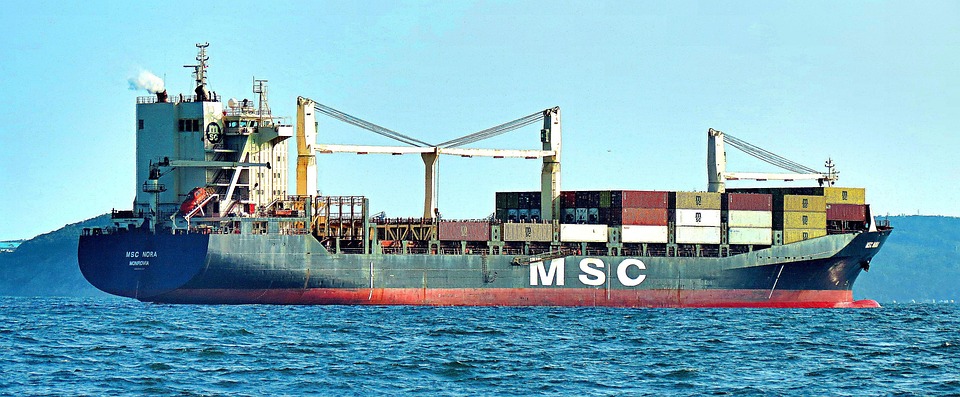Introduction
The recent surge in natural gas prices has sent shockwaves across the globe, affecting various industries and economies. The price spike has been attributed to a combination of factors, including supply and demand imbalances, geopolitical tensions, and extreme weather conditions. In this article, we will delve into the causes and consequences of the recent natural gas price spike, exploring the impact on businesses, consumers, and the environment.
Causes of the Natural Gas Price Spike
The primary cause of the natural gas price spike can be attributed to the imbalance between supply and demand. The demand for natural gas has increased significantly, driven by the growing need for electricity generation, industrial production, and heating. On the other hand, the supply of natural gas has been constrained due to various factors, including production cuts, maintenance outages, and infrastructure constraints.
Another significant factor contributing to the price spike is the ongoing geopolitical tensions in key natural gas-producing regions. The conflict in Ukraine, for instance, has disrupted natural gas supplies from Russia, leading to a shortage in European markets. Similarly, the sanctions imposed on Iran have limited the country’s ability to export natural gas, further exacerbating the supply shortage.
Extreme weather conditions have also played a role in the natural gas price spike. The unusually cold winter in the Northern Hemisphere has led to increased demand for heating, while the hot summer has driven up electricity demand for cooling. These weather-related factors have put additional pressure on natural gas supplies, contributing to the price increase.
Consequences of the Natural Gas Price Spike
The recent natural gas price spike has far-reaching consequences for businesses, consumers, and the environment. For businesses, the increased cost of natural gas has led to higher production costs, reduced profitability, and decreased competitiveness. Industries that rely heavily on natural gas, such as manufacturing and electricity generation, have been particularly affected.
Consumers have also felt the impact of the natural gas price spike, with higher energy bills and increased costs for goods and services. The price increase has disproportionately affected low-income households, which spend a larger proportion of their income on energy expenses. Furthermore, the higher cost of natural gas has led to increased food prices, as farming and transportation costs have risen.
The environmental consequences of the natural gas price spike are also significant. The increased cost of natural gas has made renewable energy sources, such as solar and wind power, more competitive. However, the higher cost of natural gas has also led to increased coal consumption, which has negative implications for air quality and greenhouse gas emissions.
Impact on the Economy
The natural gas price spike has significant implications for the economy, both domestically and internationally. The increased cost of natural gas has led to higher inflation, reduced consumer spending, and decreased economic growth. The impact on the economy has been felt across various sectors, including manufacturing, construction, and transportation.
The natural gas price spike has also affected the stock market, with energy stocks experiencing significant volatility. The increased cost of natural gas has led to reduced profitability for energy companies, which has negatively impacted their stock prices. Furthermore, the price spike has led to increased uncertainty and risk aversion, contributing to market instability.
Role of Trading and Investment
The natural gas price spike has created opportunities for traders and investors to profit from the volatility in the energy markets. Companies like Amanah Trade provide platforms for individuals to trade and invest in natural gas and other energy commodities. However, the high risk and volatility associated with energy trading require a deep understanding of the markets and the ability to manage risk effectively.
Investing in natural gas and other energy commodities can provide a hedge against inflation and currency fluctuations. However, the high cost of natural gas has also led to increased investment in renewable energy sources, which offer a more sustainable and environmentally friendly alternative. As the energy landscape continues to evolve, investors must adapt to the changing market conditions and adjust their strategies accordingly.
Conclusion
In conclusion, the recent natural gas price spike has been driven by a combination of factors, including supply and demand imbalances, geopolitical tensions, and extreme weather conditions. The consequences of the price spike have been far-reaching, affecting businesses, consumers, and the environment. As the energy landscape continues to evolve, it is essential to understand the causes and consequences of the natural gas price spike and to develop strategies to mitigate its impact.
The natural gas price spike has created opportunities for traders and investors to profit from the volatility in the energy markets. However, the high risk and volatility associated with energy trading require a deep understanding of the markets and the ability to manage risk effectively. As the world transitions towards a more sustainable and environmentally friendly energy mix, it is essential to invest in renewable energy sources and to develop more efficient and resilient energy systems.
Frequently Asked Questions
Q: What are the main causes of the natural gas price spike?
A: The main causes of the natural gas price spike include supply and demand imbalances, geopolitical tensions, and extreme weather conditions.
Q: How has the natural gas price spike affected businesses and consumers?
A: The natural gas price spike has led to higher production costs, reduced profitability, and decreased competitiveness for businesses. Consumers have faced higher energy bills and increased costs for goods and services.
Q: What are the environmental consequences of the natural gas price spike?
A: The natural gas price spike has led to increased coal consumption, which has negative implications for air quality and greenhouse gas emissions. However, the higher cost of natural gas has also made renewable energy sources more competitive.
Q: How can individuals invest in natural gas and other energy commodities?
A: Individuals can invest in natural gas and other energy commodities through trading platforms like Amanah Trade. However, the high risk and volatility associated with energy trading require a deep understanding of the markets and the ability to manage risk effectively.





